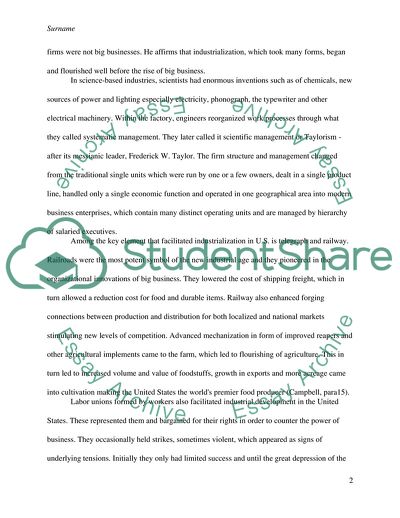Understanding Economic Change in the Gilded Age Assignment Example | Topics and Well Written Essays - 500 words. https://studentshare.org/history/1894687-understanding-economic-change-in-the-gilded-age
Understanding Economic Change in the Gilded Age Assignment Example | Topics and Well Written Essays - 500 Words. https://studentshare.org/history/1894687-understanding-economic-change-in-the-gilded-age.


